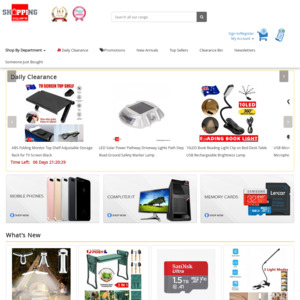Just received this in an email from ShoppingSquare.
Genuine Xiaomi 10000mAh Power Bank Pro QC3.0 Polymer with Type-C Output
This is supposed to be the new model PLM03ZM, which supports QC3 for both directions. The price at $35 delivered, which at today's exchange rate is about HK$206, is only marginally higher than if purchased directly from Xiaomi's Hong Kong store (HK$199).
Available in gold or grey.
Direct shipping offer: Allow ~4-6 weeks for delivery


oh god cant be serious i just bought the 10000mah power bank 2 that only have qc 2.0 3 days ago